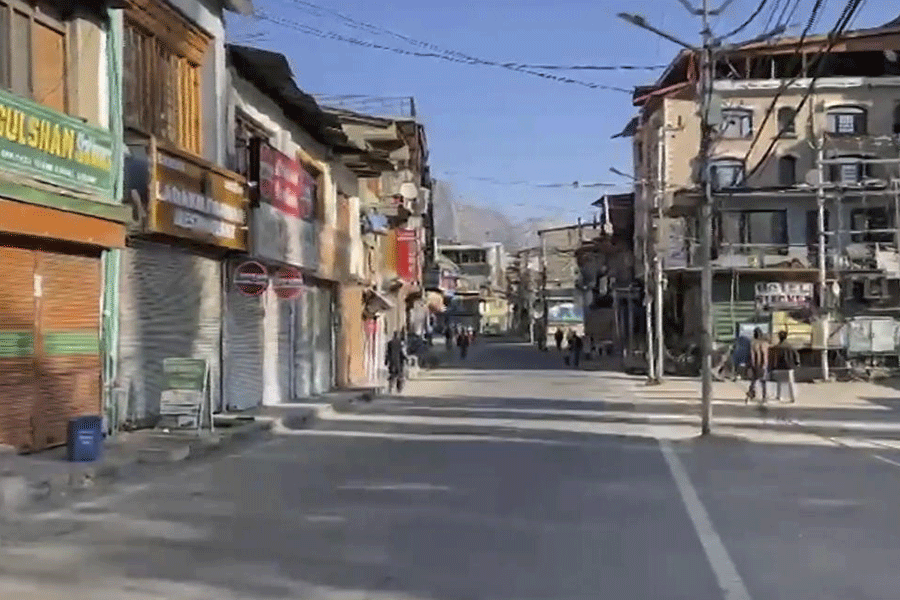 |
KnowHow team explains: Surface tension plays matchmaker when two or more bubbles come together to form a neatly arranged multi bubble group.
As two bubbles move closer, the surface tension equilibrium of each gets temporarily destroyed. But as they are joined, a new balance is created.
The internal air pressure of the single bubble is slightly more than that of the air surrounding it, as surface tension reduces the bubble’s surface helping it assume the most compact round shape. When bubbles are formed in water, they rise to the top and float about, guided by the momentum they picked up when being formed and by changes in air pressure.
In turbulent water, the surface tension pulls the water’s surface into a slope, or meniscus, and the bubble rides the wave and floats to its crest.
The meniscus manages to divert the bubbles’ attention away from each other to objects, such as the sides of the bathtub, a human body, etc. Because the slope’s extension range is short, the range of the force between the bubbles is also short.
Two or more bubbles drifting close to each other do not pass each other if their surface tensions overlap. This overlap destroys their equilibrium, and, to compensate for this the high surface tension surrounding them forces them together and restores their equilibrium. If, however, the surface tension forces them together too rapidly, we have a case of fatal attraction, as the two bubbles collide and burst.
The question was sent by Mohul Kar via email











